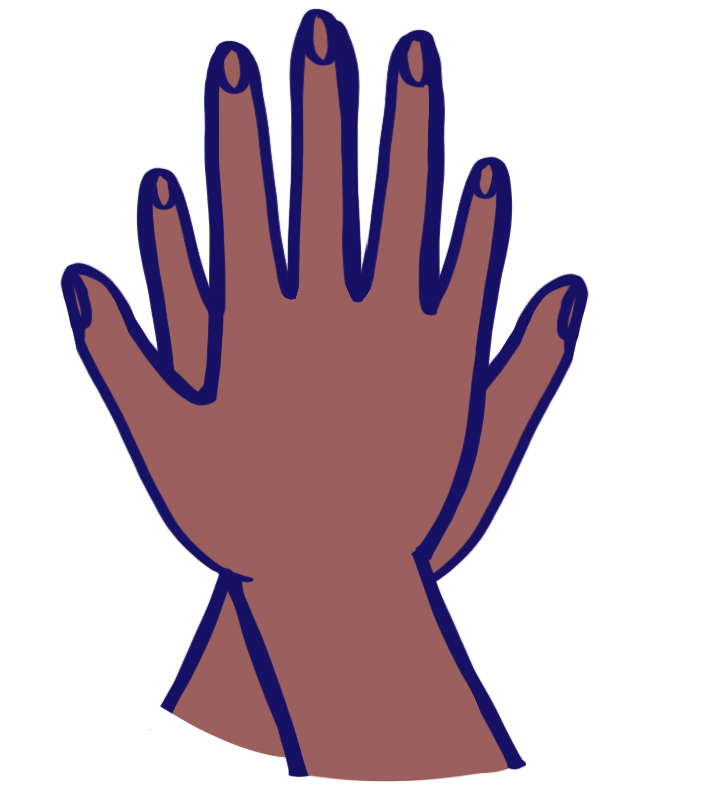
You may already know that constitutional isomers are compounds that have the same molecular formula but different structures. An example of constitutional isomers would be butane and 2-methylpropane. Although both molecules have the same molecular formula (C4H10) and mass, they nevertheless have different physical properties like boiling point.

But what about these amino(chloro)methanol models here. Are they isomers? Drag on the images to manipulate them.
They’re not constitutional isomers certainly. Both have the same formula of CH4ClNO. Each has a single carbon atom (grey) bonded to an amine group (NH2, the nitrogen is red), a hydroxyl group (OH, the oxygen is blue), a chlorine atom (green), and a hydrogen atom (white). But maybe you noticed a slight difference. That is because these are stereoisomers. Stereoisomers have the same molecular formula and the same connectivity, but the spatial arrangements of the atoms in these compounds vary. Here’s how we can illustrate the differences between the two molecules above.

The dashed line symbol on the left diagram suggests that the attached chlorine atom is oriented behind the hydrogen. Note: The hydrogen will often be excluded from the diagram. The solid wedge symbol on the right-hand diagram suggests the attached chlorine atom is oriented in front of the hydrogen atom. Try orientating the two models so that each hydroxyl group is to the left of the amine group and each chlorine atom is on top. Now compare the models to the diagrams.
There are different types of stereoisomers. The molecules above are enantiomers. Enantiomers are molecules that are mirror images of each other and are not superimposable. Think of enantiomers like your hands. They are like mirrored images of each other – assuming you’ve got five fingers on each side. You can see this if you face your palms toward each other.
But if you leave both palms facing the ground and then put one hand on top of the other, you can see that they are mirror images that cannot be superimposed. After all, your thumb is sticking out on either side. Alternatively, if you face the palms toward one another, one palm will always face the opposite direction of the other palm. This phenomenon of objects that cannot be superimposed on their mirror images is known as chirality.



Chiral compounds will usually have a chiral center. This means they will have an atom with four different attached substituents. The only chiral centers you will likely need to worry about in an introductory organic chemistry course will be carbons. In the molecule above, we identified four different substituents bonded to the chiral center (NH2, OH, Cl, and H).
Try to identify the chiral compound in the quiz below.
So what is the significance of chirality? Chirality can lead to differences in the chemical (flammability, reactivity, etc) and physical properties (boiling point, melting point, etc) of a compound. This is the case with diastereomers – a topic for another time. In the case of enantiomers though, the chemical and physical properties of the pair will be the same. However, take thalidomide.
There are two important enantiomers of thalidomide: one that has therapeutic effects and one that causes birth defects in humans. Under biological conditions, the two enantiomers interconvert. This means that even if only the therapeutic enantiomer was administered, both enantiomers would be present in the body1. Before the risk of birth defects was fully understood, however, the drug was administered to pregnant people experiencing morning sickness. As a result, many babies were born with disabling and often fatal abnormalities.

On a lighter note, carvone is another compound with interesting enantiomeric effects. One enantiomer gives spearmint its distinctive minty smell, while the other gives caraway seeds their more earthy, slightly spicy smell2.

Check out part 2!
References:
1. Thalidomide – Molecule of the Week Archive. American Chemical Society. (2014, September 1). Retrieved December 21, 2021, from https://www.acs.org/content/acs/en/molecule-of-the-week/archive/t/thalidomide.html
2. Chirality in Nature and Chiral Environments. (2020, September 23). https://chem.libretexts.org/@go/page/67104

